General Breeding information
White Butterfly was first bred when purebred pigeon blood paired up with purebred cobalt, and you might like to know the purest cobalt is called reflection deep. what’s funny is that the pure pigeon blood has a lot of pigmentations actually and that’s who white butterfly inherited his pigmentation from (which can easily show up on white butterfly if the water is not soft enough!) and so, the lines of his face came from cobalt. That’s why the old generations of white butterfly had lines and pigmentations on their body which are then continued being bred to become beautifully purred as of today but only after years of efforts. In case you ever wanted to know their babies will show up their real coloration almost only when they get bigger than 2 inches minimun.
Pairs Preparations For Breeding Discus
If you want quality eggs, you’ll need a healthy pair. So one thing I found vital in successful breeding is to prepare the pair for breeding at least 15 days before laying the eggs you are planning to work on. using Chloramine-T on Flubendazole every 5 days and for 3 cycles. click on here to learn how to use chloramine-T or Flubendazole!
Water Condition for Breeding White Butterfly Discus
The water you put in the breeding tank first is usually the water of the bigger tank where your pair fell in love! Remember, your matured discus could be stronger in some various water conditions but that might not be the case for their eggs. If you want a high rate of discus eggs hatching, apart from using methylene blue you’ll need soft water, TDS from 30 to 70 is fine and my favorite number is 50. You just take care of this number and the rest of the parameters will simply adjust to it’s best (Such as the PH and etc).
Tank and filtration system for Breeding Discus
To explain it briefly and based on my experience, I think The best size for a breeding tank is 50cm * 50cm * 50cm Which ends up holding 125 Liters of water. It is best to choose a similar size for the Lenght, width, and height of the breeding tank. but none of them should be less than 40 cm while holding 125 Liters of water.
Then for filtration set up, you’ll need a simple, and easy to use a sponge filter. We’ll want to remove the sponge filter when the eggs are hatched and to replace it back after the fry are better swimmers. read more here!
Next is the heater, for such tank, you’ll need a 150W or 200W to maintain a temperature of 28°C – 28.5°C. Here is a trick I use all the time, as 30% to 50% water change is recommended daily and it helps to soften the water. I purposely choose to add enough water of 25°C until I can decrease the tank temperature by 1°C or 1.5°C suddenly, and the heater works to bring it back to the beginning temperature of 28°C or 28.5°C. This happens to lead the pairs into temptation and desire for sex.
lastly, we’ll need to have a breeding cone or anything else like ceramics, Pvc pipes to provide a surface for laying the eggs although they might still decide to lay their eggs anywhere else they like!
White Butterfly Discus pairs up well with:
if paired up with purebred blue scorpion, white scorpion can be bred which are amazingly beautiful.

 but easy to show black pigmentation
but easy to show black pigmentation



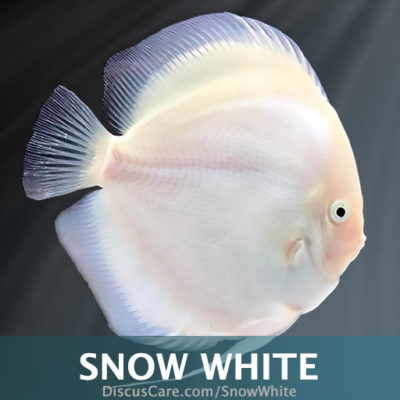
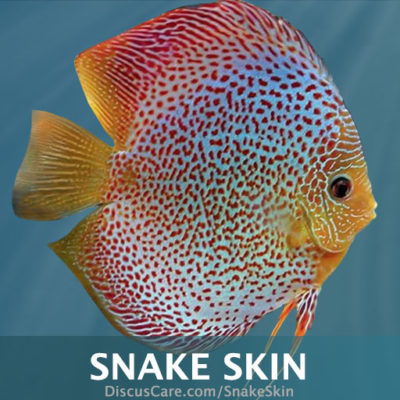

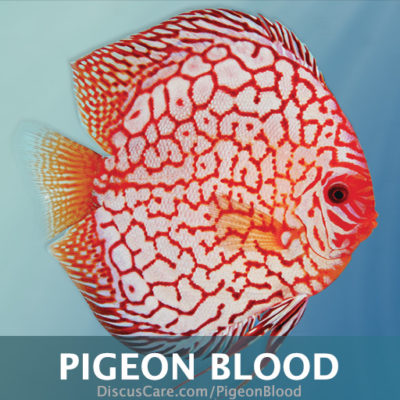
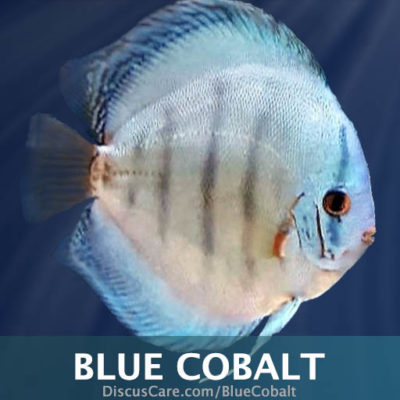
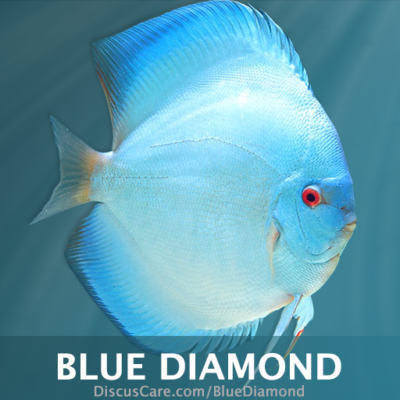
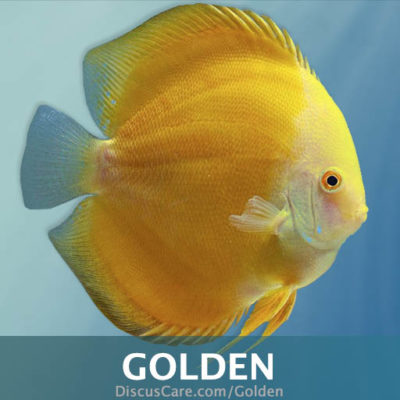

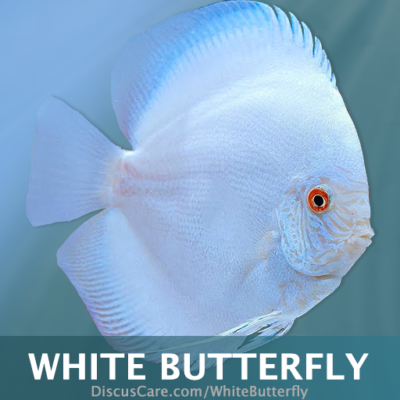
Leave A Comment